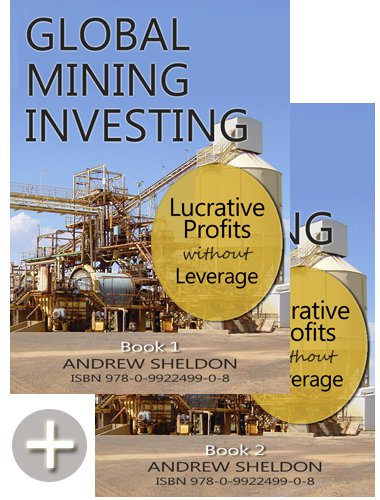Overnight the Dow Jones broke the previous 2008 high of 14,140 points (end of day data), rising to a
new intra-day record of 14,278.87 points. This is positive news for long investors, however it is not yet a convincing break, so I'd not be surprised to see the index collapse back under 14,000 points. It is noteworthy that the S&P 500 index is still 2.2% below its all-time high. The important distinction is that the Dow Jones Industrial Average is constituted by just 28 stocks, so its hardly a representative sample of the US equity market. These 28 stocks are 'huge' enterprises to be sure, like GE, but it tends to ignore stocks like Facebook, which pertains is a representative for the 'new economy'. The other aspect is that the Dow Jones Industrial Average gives greater consideration to offshore activity. GE for instance is a global enterprise with greater exposure to Asian economic activity. This is 'exposure' which would be less pronounced in the S&P-500 Index. So, if we are looking for a proxy for global economic activity, then the S&P is a better measure.
For this reason, whilst I was confident of a 14,000 point break, after a discussion with a colleague, I am inclined to wonder how sustainable this 'bull' is. I am instead inclined to wait for a more compelling trend indicator, whether short term price action. The reason for the concern is:
1. The chart below
2. The promise of stimulus
3. The relatively small size of the emerging markets in terms of their contribution to economic activity.
Having said that, this could change with:
1. A preparedness by Westerners to resume spending. At the moment they are paying off debts or under-utilised on welfare. Stronger property prices, low interest rates can change that, but it needs spending to build confidence. This is the role of stimulus and low interest rates; but are people so confident? At the first hint of confidence, are Western governments going to be forced to raise interest rates. There is no risk of wage demands. Asian offshoring has scared unionism out of existence (for the next 2 decades).
2. Further stimulus.
The market is making tentative steps at this point...I think so should you.
Asian property markets outperforming Japan Foreclosed Guide Philippines Property Guide
Profit from mining with Global Mining Investing eBook
Investment Strategy
If you are investing for the long term, you still need an investment strategy. Dont be fooled by the rhetoric of fund managers. The reason they advise you to 'buy & hold' is because they dont want to compete with you in sell-offs. Markets and industrial sectors are cyclical, so they demand trading to get the best returns. Fund managers actually cant hope to match the performance of small investors (if you are half good) because they have to manage huge amounts of funds and charge you a fee besides.
MY ADVICE is (i) look at a range of market indices and decide upon what level of correction would give you the justification you need to get in & out of the market. It might be a 5-10% retracement or a break of trend. (ii) Diversify if you dont have an intimate knowledge of the company or management. More than 30% in one company is aggressive.









No comments:
Post a Comment